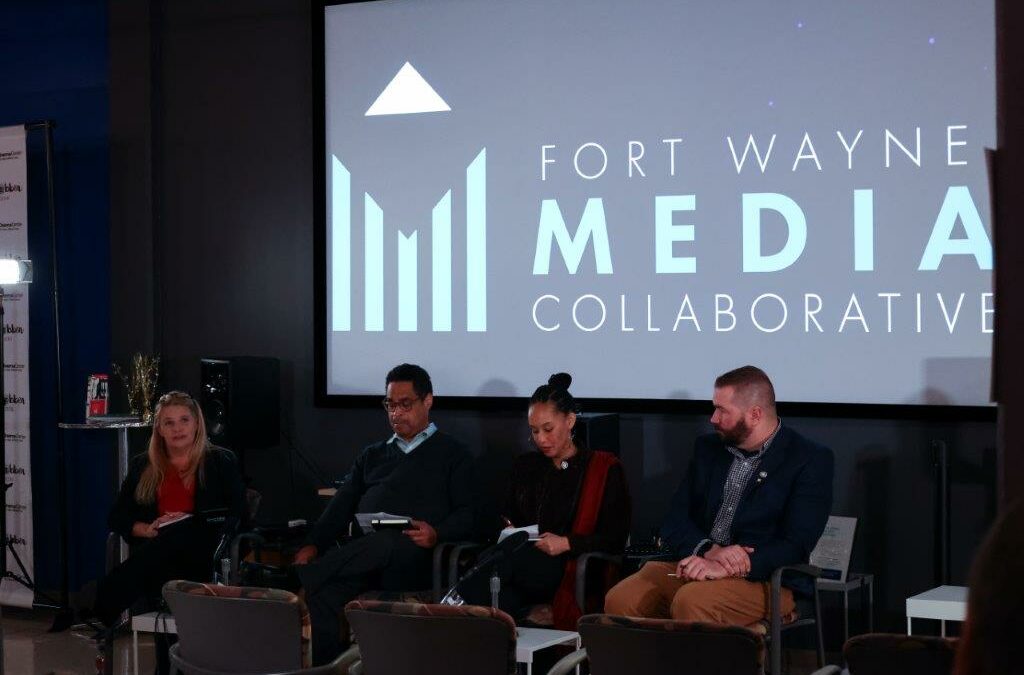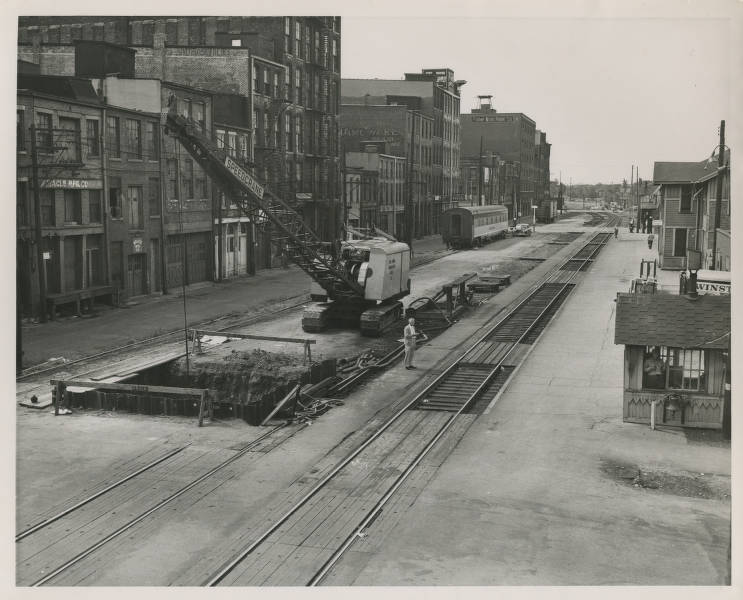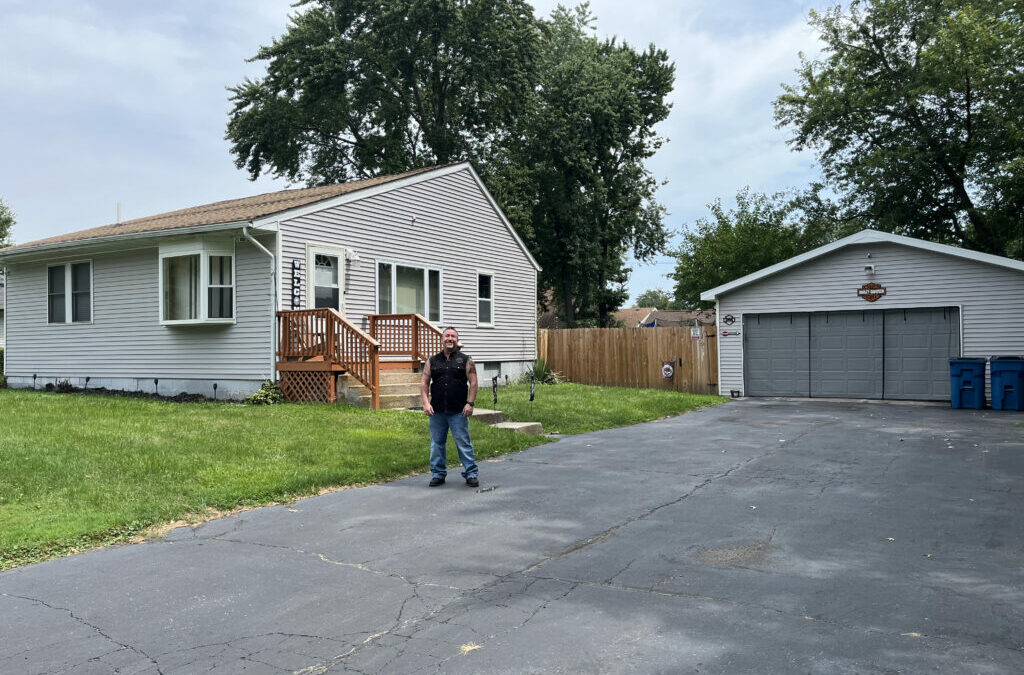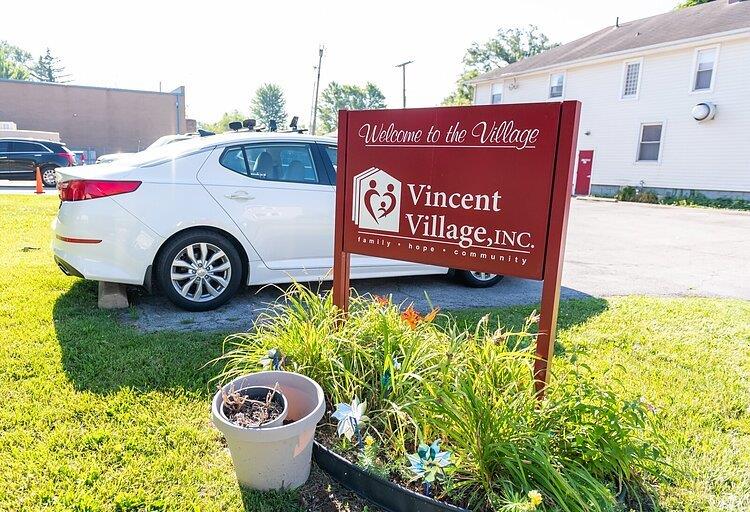Local leaders and housing advocates discuss the elements of a healthy neighborhood, the challenges communities face in designing, building, and maintaining healthy neighborhoods and possible solutions to those challenges. https://www.youtube.com/watch?v=s6RZ6rL-uV8 Panel discussion was recorded on 12/05/22.









